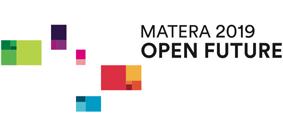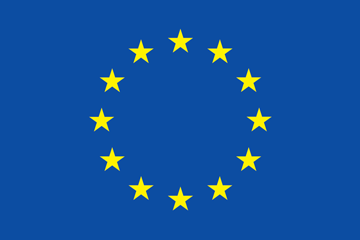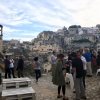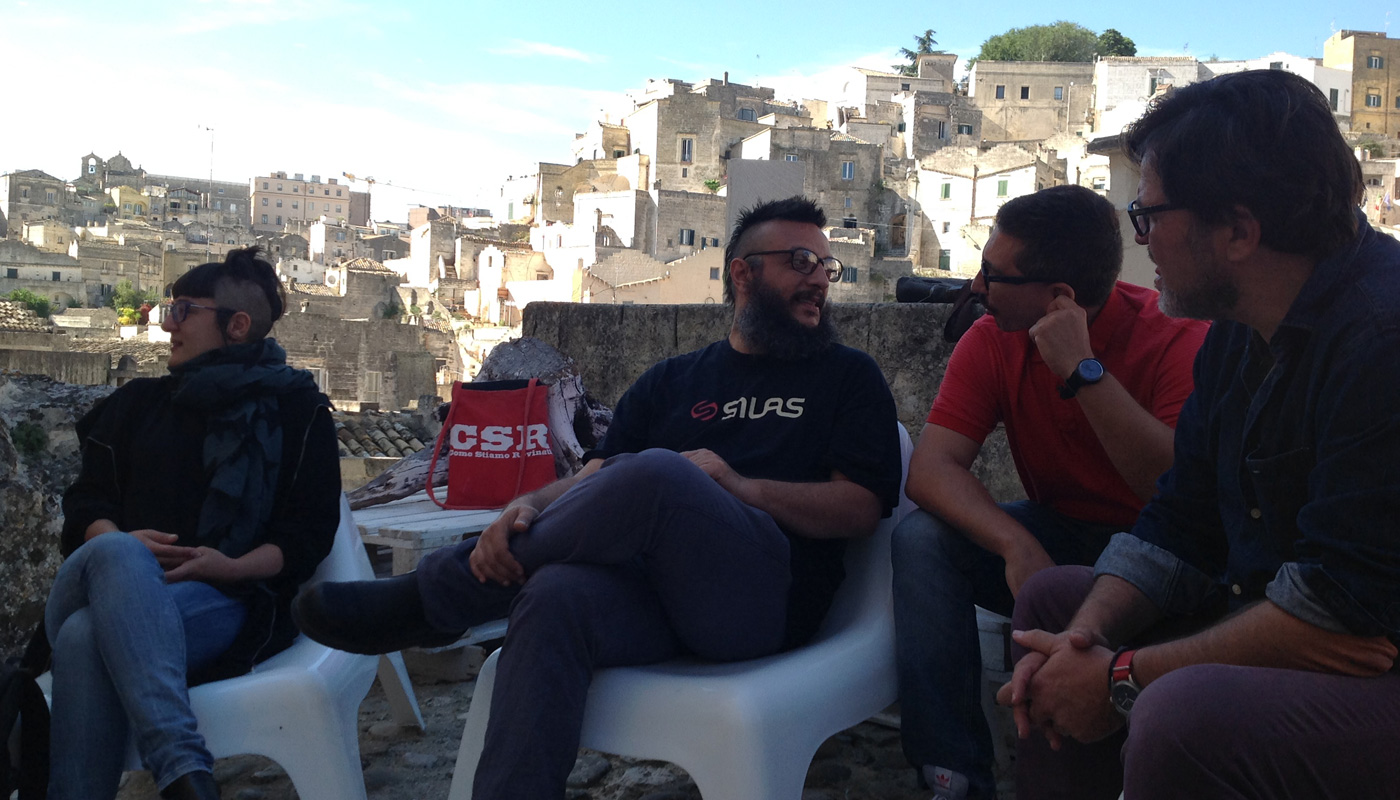
From Siponto to the Open Design School
The voice of Edward Tresoldi. The talk at the Open Design School. The steps of the work flow, the team, the art and archeology, the handmade aspect, the emotions.
We are here to witness the experience of Siponto.
I'm not an architect. I do not have the skills. I started as a stage designer. I arrived with a sculptural approach to architecture.
The first phases of the work on the action space relate to the genius loci, the components of the space that become part of the composition.
The intervention in Siponto was inserted when seeking a solution to a cover on the mosaic of the Basilica. We started from that and it was a first opportunity for a new awareness, a new type of shape, within the historical heritage. A new and delicate format, which requires the coming together of the professionals. They must mix their distant fields, with the ability to understand how to talk to the old, with a perception of its responsibility to act without fear. We are building the historical heritage that tomorrow will be the past.
The team
The team speaks through notebooks, through drawings. The energy of the team is complex. Everyone has a role, but also the ability to take the place of the other, taking the high level of the construction site. The hierarchy is horizontal and the everybody feels part of the planning.
The novelty of the project is that archeology and contemporary art have merged. Archaeology has allowed the artistic expression. And there was a fusion between two factories.
It was necessary to give an idea of how was the elevation. This architecture does not betray the early Christian origin. It is the imagination of the past, projecting the future.
It's a time machine. What this kind of work could become?
They open up enormous political scenarios, for immediate reading of sites. A prospect that does not exist. Openning the windows of a transversal communication.
There is an ancient place that hosts a relevant model, an ectoplasm that helps you imagine what it's been. The feeling is that this volume is clearly visible as if it were not there. See the clouds, the trees. You have the idea of a space, with an exterior that interacts with the interior. That enters the air, it makes the changing work, responding to external factors, a sculpture in transparency.
We created architectures entering the architectural language.
I started to identify the inhabitants of this place. We put two people in the same impossible space-time, where they have never lived.
With as little effort as possible.
I have always worked from the horizontal line to the sky. And then from the horizontal line downwards.
Not the original structure of the basilica, but a framework for the work of art.
The experience is highly experimental.
What can contemporary art give to archeology?
After six months, it is a report that we can do.
Now you're starting to talk about the possibility to propose similar measures.
Before this job I had no idea what was the world of archeology.
We managed to find a solution to make it stand up. The testimony of the fact that young people can also do things that go beyond the imagination. A great possibility in which you make something a bit 'more important'.
One of the other important issues is merging with the archaeological. In some situations they are constructed of sacrifice walls. We left those walls and raising them to the anchoring part, with a potentially reversible mode. You will return to the zero point.
Archaeologists generally follow a philological discourse. But I try to decipher a merger between what comes from the history and invention. I try to decipher a series of aspects that are part of an experiential approach. When I do an intervention, I focus the work on this subject. Can we look with magnifying glasses on things that are already there. On the elements that inhabit the place.
The superintendent of Puglia pushed. He did an amazing job.
Creativity was everywhere. Everyone has been working beyond their professional duties to be able to create bridges among everyone.
The handcrafted aspect
It is a very analog approach. To do very important things, we can work with our a manual approach, which can be added to a school. From the set I learned to control the reality.
We listened to the Open Design School projects. It's the same spirit. Our spirit of beginning is like this. With hand-made drawings.
Two numbers. The last data on turnout of the 2008 Basilica talk about 800 people a year. In five months, there were 100,000 visitors.
The entire project of the hollow part of the uterus of the city, to make that place with a contemporary international life. When I arrived in Siponto, the city was not known. With such an operation, in the world, in Chicago or in Australia, they are speaking of Siponto. Simultaneous operation can restore life and recognize the places.
The emotional aspect: what is the time when you realise you have finished?
I start with an educational experience. For those who do, the yard is a journey, very strong experience. These are experiences and stories that are created. Every item you going to enter, changed the balance of the composition. Initially there was no church. There were the two elements that framed the tree. At one time, when we joined the two sides, the church has come. It was the time when the operation had taken a sense. At that time he had returned that lady. The buildings were a single entity.
The church had been used as a quarry to build the other. These two churches have never lived together. It was the first time in history in which they relived together with two textures and different times. There are stories already activated.
How long? It is something that characterizes the historical period.
I love to go places and close in a box that trip.











